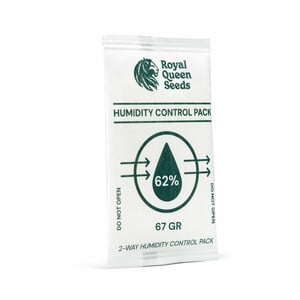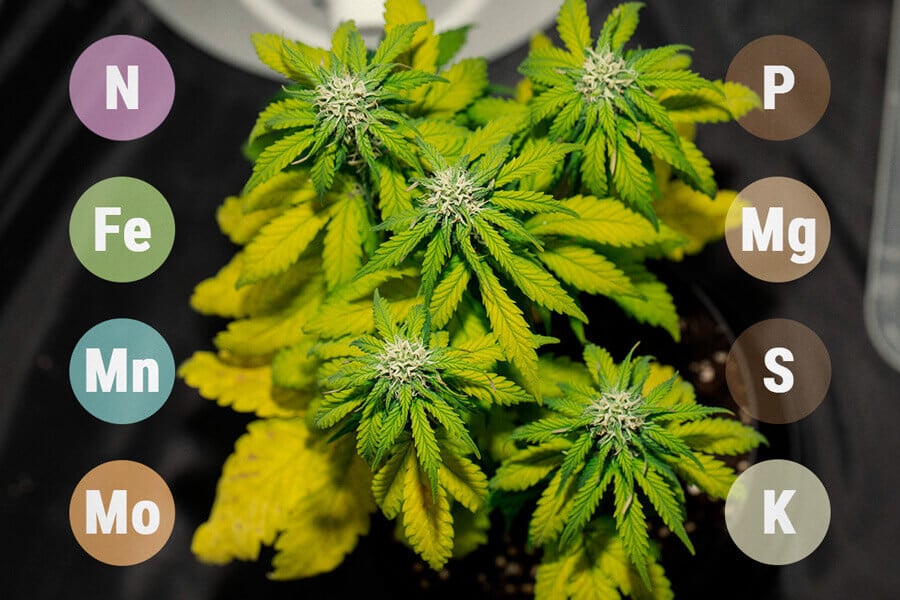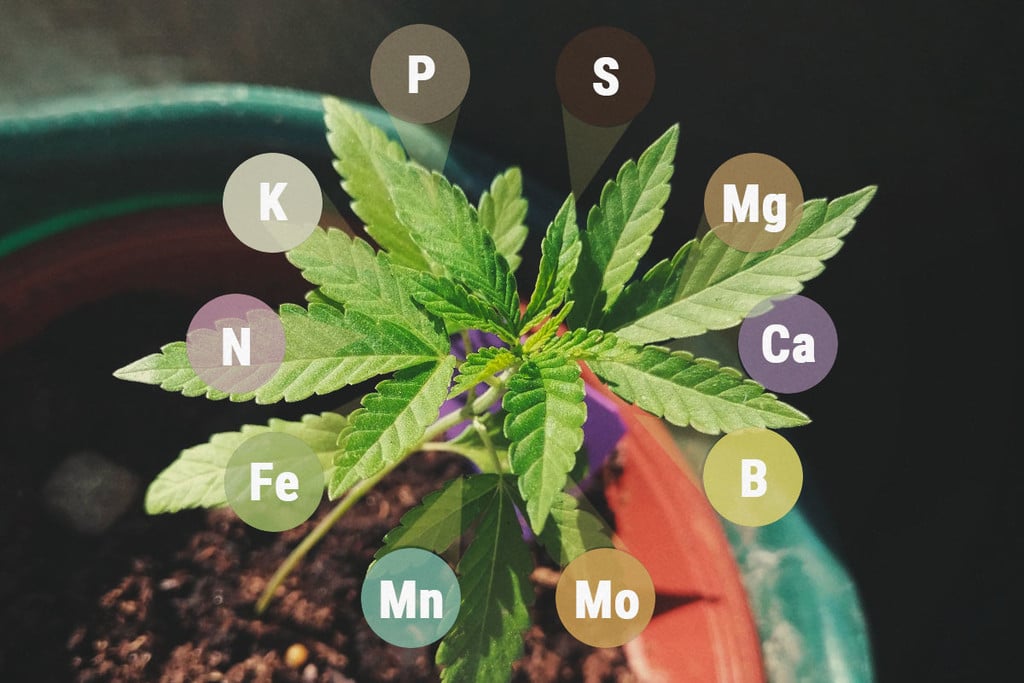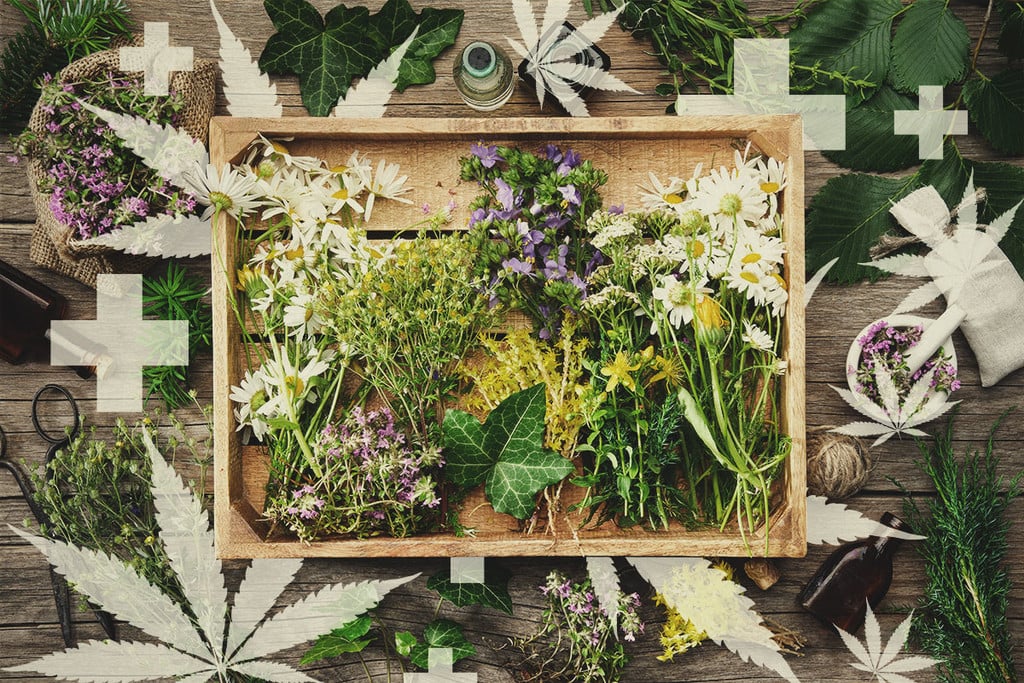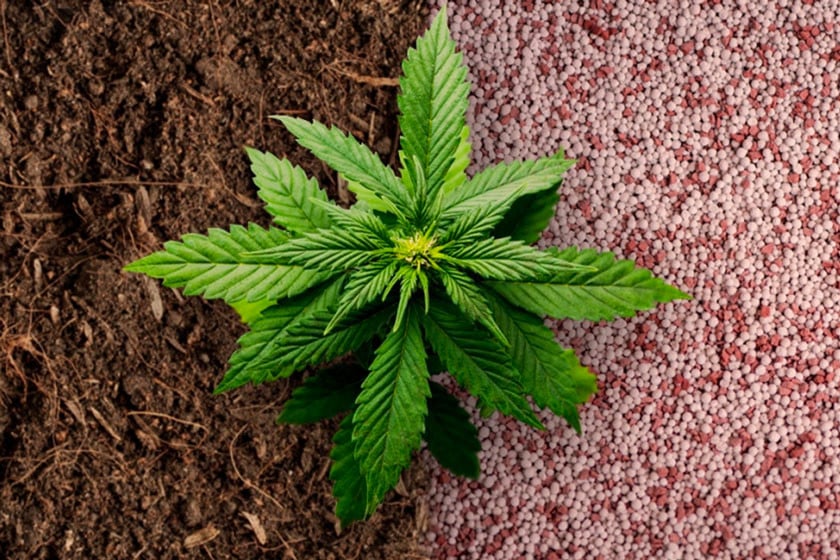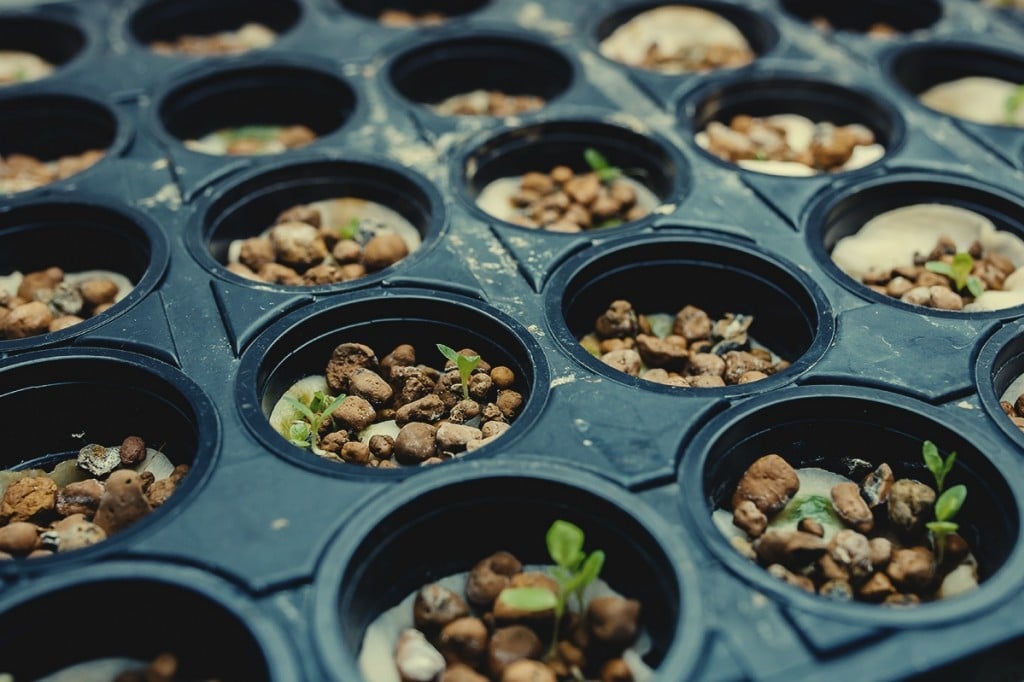.
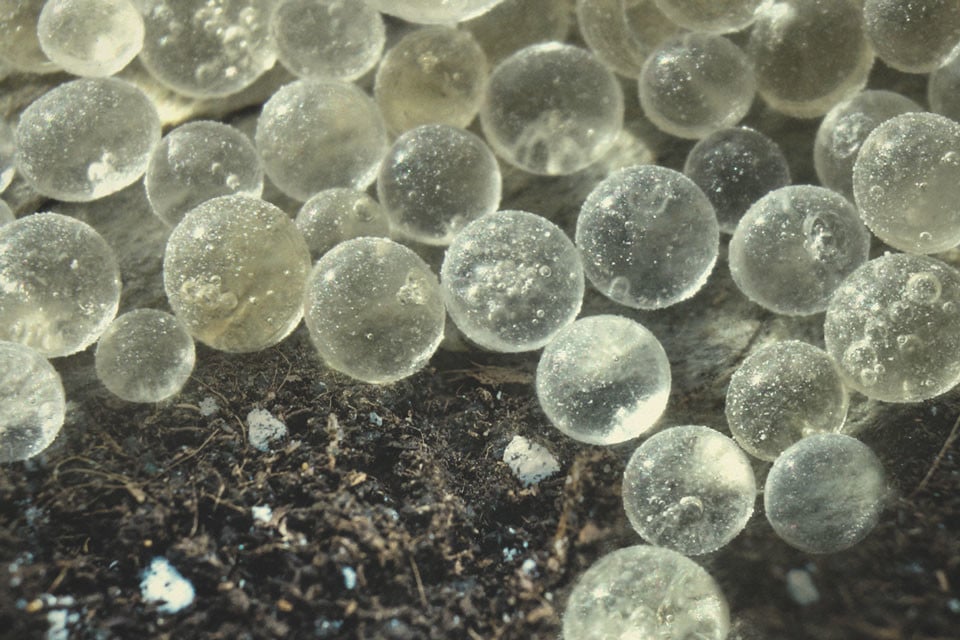
How To Use Silica To Grow Healthier Cannabis Plants
Silica and cannabis have a weird relationship. Weed plants don't require silica to survive, but if you grant them access to the chemical, it'll improve almost everything about their physiology. It works to protect them against pests, diseases, and environmental pollutants, while fortifying cell walls against stress and boosting photosynthesis.
Contents:
Go into your grow room or garden and take a look at your cannabis plants. See those green specimens before you? They’re loaded with silica! In fact, they contain more silica than they do essential macronutrients such as nitrogen and potassium.
Yet, unlike these two nutrients, plants don’t depend on silica to function. So why do they hoard so much of the stuff?
It turns out silica can do a cannabis plant a world of good. Although they don’t need it, it can certainly increase their chances of survival, and potentially even the quality of their flowers.
Overall, silica offers many benefits to cannabis growers. Before we dive into more detail later on, check out the main benefits of using silica for your crop below:
- Increases cell wall strength
- Improves nutrient uptake
- Protects plants from soil contamination
- Enhances plant metabolism
- Defends plants against disease
- Helps to ward off pests
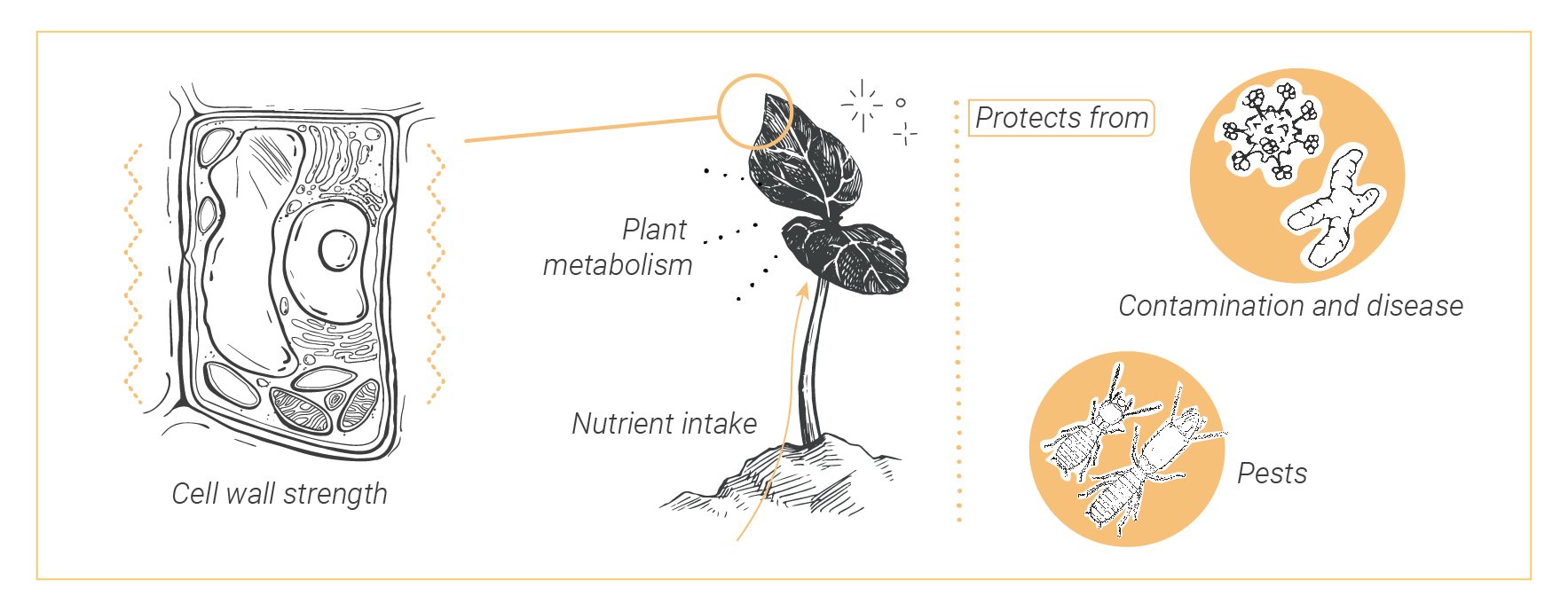
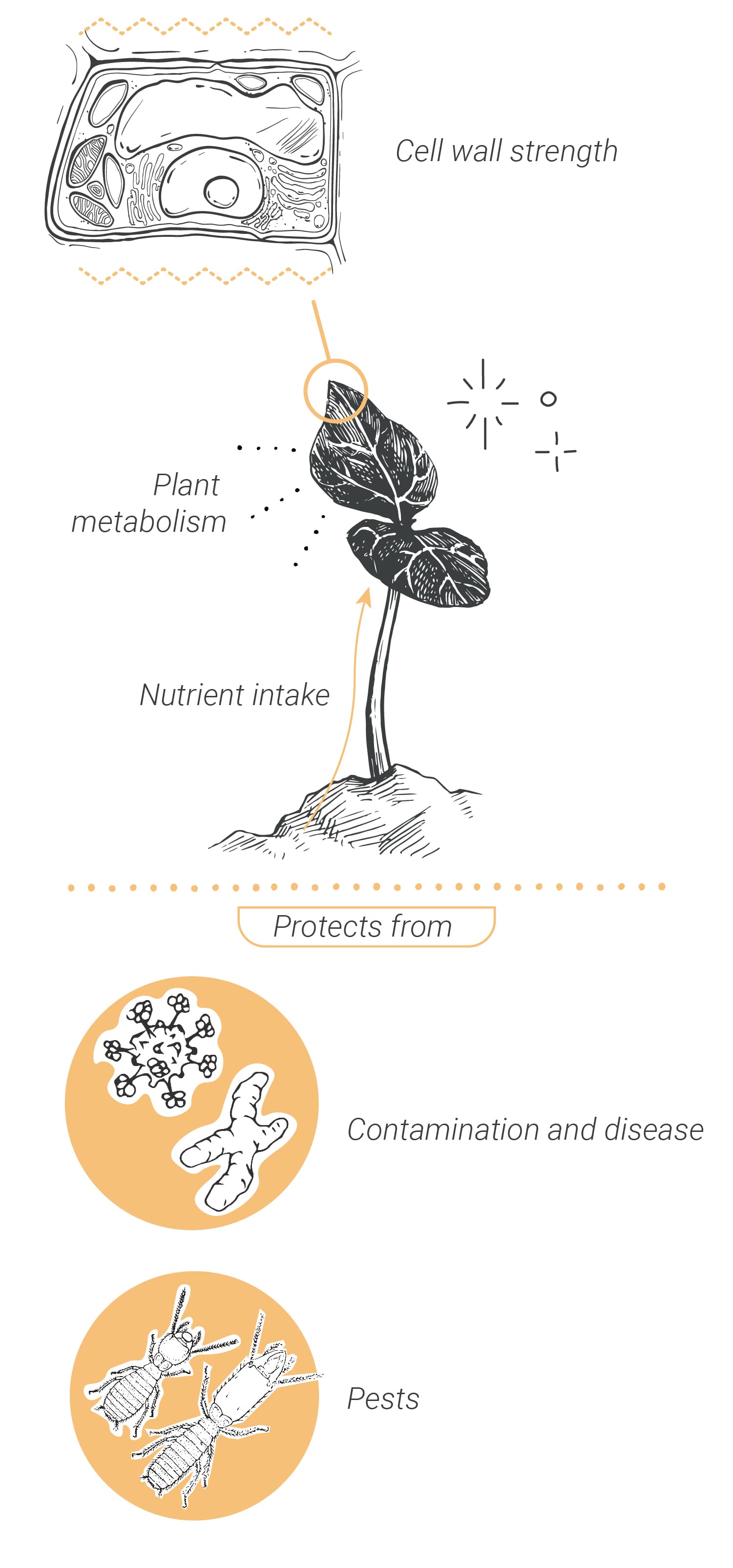
What Is Silica?
Silica, also known as silicon dioxide, occurs all throughout nature, and none of us would be alive without it. Second only to oxygen, it makes up 25.7% of the Earth’s crust by weight. On the cosmic scale, it holds the 8th position as the most common element in the universe.
Silica also occurs in 95% of known rocks, and shows up in three main crystalline varieties, including quartz. Every time you go for a stroll on the beach, you make contact with silica with every step, as it, alongside oxygen, works to create sand.
Finally, the molecule plays a fundamental role in our own bodies. It helps to form collagen, which goes on to build tissues such as cartilage, bone, tendons, teeth, hair, and blood vessels.
Are Silica and Silicon the Same?
No, but they’re very close. Silicon occurs on the periodic table, with the symbol Si, as a chemical element in the same column as carbon, germanium, tin, and lead. It is a hard crystalline solid and possesses a blue-grey metallic sheen.
However, silicon can only remain in its pure form away from the presence of oxygen. When silicon and oxygen meet, they form a chemical compound known as silica.
How Silica Is Formed
The huge quantities of oxygen and silicon within the Earth’s crust results in the inevitable formation of huge quantities of silica. The chemical compound occurs when one silicon atom forms a bond with two oxygen atoms. When enough of these compounds join together in the Earth’s crust and soil, they form a colourless crystalline compound found mainly in the forms of quartz, sand, and flint.


Why Use Silica for Cannabis Growing?
Now that you know a bit more about silica, why should you use it during your next cannabis growing operation? Well, it just so happens that silica offers a host of benefits to weed plants. It can help them grow stronger, increase their defences against fungal pathogens, deter nibbling pests, and even boost yields in environments with poor-quality soil.
Let’s explore the benefits of silica in both soil and hydroponic cannabis grows.
Soil Growing
Silica can help protect soil-grown plants against external threats, and may even boost plant productivity. As a living substrate, soil contains innumerable microbes. While some of these tiny critters are beneficial to weed plants, others can cause problems. And silica may have the answers. The chemical can also help to shield plants against toxins that accumulate in soil due to human activities.
Increases Cell Wall Strength
Silica helps to strengthen cell walls, which gives plants more resistance to mechanical and osmotic stress( physiologic dysfunction caused by a sudden change in the solute concentration, which causes a rapid change in the movement of water across its cell membrane).
Have you ever felt a sinking feeling when approaching your outdoor weed plants, only to see branches and stems snapped by the wind or the weight of a bird? Adding more silica to the soil can help to protect against these threats by increasing tensile strength and resilience.
Stronger and thicker cell walls also result in thicker stems and branches. This increased size allows plants to distribute essential substances such as water and nutrients much more easily throughout their tissues.
Improves Nutrient Uptake
Silica helps plants absorb key nutrients much more efficiently. Not only does it help plants thrive in healthy soil, but it can help them survive in a growing medium largely depleted of minerals. Adding silica to poor soils can help your plants’ roots tap into the low levels of nutrients present, increasing the chances of a rewarding yield at the end of the growing cycle.
In particular, silica plays a fundamental role in the uptake of three vital nutrients:
| Nitrogen | Cannabis plants depend on large quantities of this macronutrient to photosynthesise and fuel leafy growth. |
| Potassium | Weed plants also require potassium in large quantities. Much like silica, this mineral helps to maintain the structure of cell walls, protect plants against mechanical stress, and prevent them from wilting. |
| Magnesium | This important mineral makes up the heart of the chlorophyll molecule, the chemical that enables plants to convert sunlight into energy. Low levels result in stunted growth and poor yields. |
| Nitrogen |
| Cannabis plants depend on large quantities of this macronutrient to photosynthesise and fuel leafy growth. |
| Potassium |
| Weed plants also require potassium in large quantities. Much like silica, this mineral helps to maintain the structure of cell walls, protect plants against mechanical stress, and prevent them from wilting. |
| Magnesium |
| This important mineral makes up the heart of the chlorophyll molecule, the chemical that enables plants to convert sunlight into energy. Low levels result in stunted growth and poor yields. |
Protects Plants From Soil Contamination
Unchecked human activity has had a large impact on our home planet over the last few centuries. As well as slowly eroding the topsoil with our questionable agricultural practices, we’ve also contaminated these life-giving substrates with a bunch of pollutants, including heavy metals.
Heavy metals such as chromium, lead, aluminium, and mercury are toxic to plants, even at very low concentrations[1]. They impact plants in numerous ways, including by inhibiting photosynthesis, causing yellowing of leaves, preventing the uptake of nutrients, and even killing plants outright.
Fortunately, silica can help protect cannabis plants against these culprits. Ideally, growers should test their substrates and avoid growing in these soils altogether. However, if they happen to be present, silica can minimise the damage.
Researchers have explored the effects of silica against heavy metal toxicity in plants[2]. After reviewing a series of experiments involving the chemical, they concluded that it works to reduce the bioavailability of heavy metals in the soil and their uptake in plants.
Enhances Plant Metabolism
Silica can help to drive plant metabolism, which ultimately leads to more rapid growth and more efficient energy production. Plants given silica manage to make higher levels of chlorophyll, which enables them to photosynthesise and create sugars at a superior rate.
Defends Plants Against Disease
Fungal diseases and parasites, such as Pythium and powdery mildew, can wreak havoc on a cannabis crop. Thankfully, feeding your plants silica can help to protect them against these potentially devastating conditions.
Plants are able to concentrate high levels of silica around infected areas, which helps to fortify vulnerable spots against infection. By forming a solid mineral barrier, plants effectively create a wall that can protect against the penetration of fungal hyphae[3] (tiny threads that they use to transport nutrients).
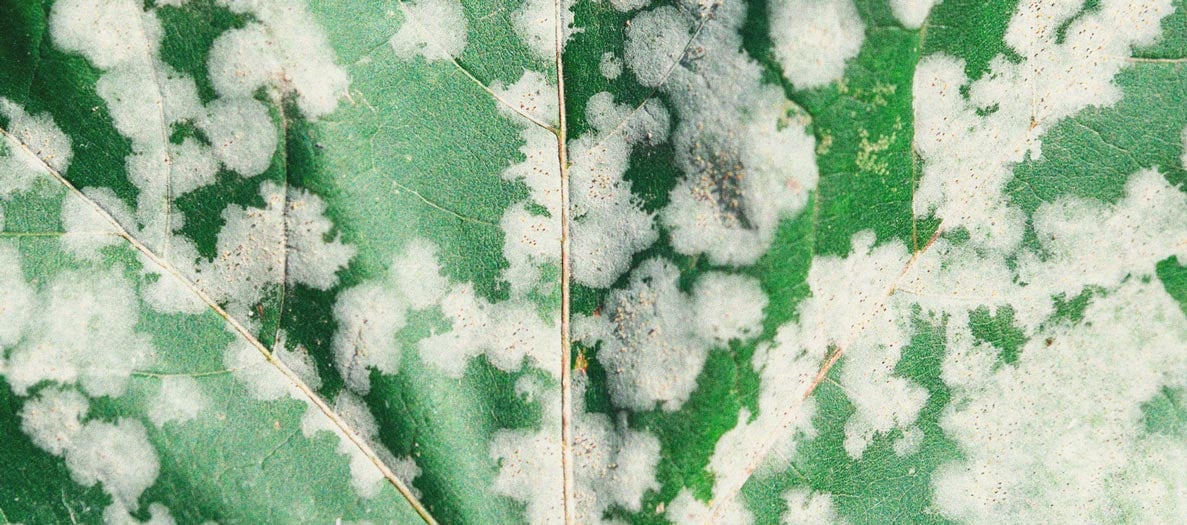
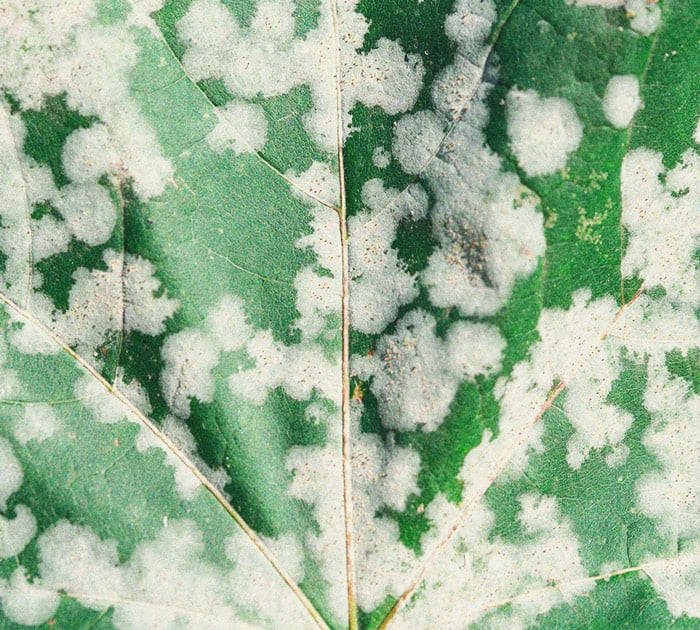
Helps To Ward Off Pests
Microbes aren’t the only life forms in nature with an affinity for fresh cannabis tissue. Many different insect species love to chow down on cannabis leaves and flowers. Silica also does a great job of repelling grazing bugs and flies.
Silica defends plants against herbivorous insects[4] in a similar way to microbes. The chemical compound builds up in the cell walls of leaves and creates a hardened barrier. This prevents critters from biting, sucking, and burrowing into leaves.
Hydroponics
Hydroponic growers can also benefit from the many advantages of silica mentioned above. Free from soil, hydroponic plants extend their roots directly into an aqueous nutrient solution. This gives them the advantage of immediate access to minerals and allows them to grow faster, often resulting in larger yields.
Adding silica to your nutrient solution can help to accelerate already rapid growth, along with the added benefits of protecting plants against disease and ramping up chlorophyll levels.
Drying and Curing
Silica also comes in very handy after harvest. Silica packs work to absorb moisture and pull the excess water content out of cannabis flowers. Place them among your buds while they’re drying, and within the same jars as they’re curing, to reduce the amount of time it takes before you get to smoke your harvest.
Which Silica Supplement Is the Best for Cannabis?
There are two main types of silica supplements on the market: nutrient formulas for roots, and foliar sprays. Growers are spoilt for choice when it comes to silica supplements, but not all of them are equally effective.
We recommend opting for supplements with a silicon dioxide concentration of at least 8%. Not only will this drive more silica into the cells of your cannabis plants, but it will saturate the soil and increase the availability of the chemical to your roots. Some products contain as little as 3% silicon dioxide, which might leave your plants hungry for more.
How To Use Silica in Cannabis Growing
Administering silica nutrient products is easy. Simply follow the instructions on the bottle to ensure you’re using the supplement correctly.
Soil Growing
Soil growers can use silica throughout the duration of the growing cycle. Although some suggest stopping use past the third week of the flowering stage, many growers use it successfully all the way through.
You also need to remain mindful of soil pH to get the most out of your silica products. As an alkaline substance, the chemical will increase the pH of your soil, so you’ll need to use a pH meter and pH down solution if things get out of hand.
Finally, you’ll need to add silica separate from other nutrients. Mixing them together will lead to bioavailability issues. Apply silica to your soil on days you don’t usually feed your plants.
You can also apply silica liberally as a foliar spray. Use it in accordance with the product instructions to fortify your leaves with a waxy coating. Silica applied via the leaves boasts high bioavailability thanks to the tiny stomata on the leaf surface.
Hydroponics
Using silica in hydroponic setups remains a rather complicated challenge. Beginner growers might find it overly complicated, but intermediate and advanced hydro growers will happily make the sacrifice to reap the rewards of silica application.
Because you can’t apply silica alongside other nutrients, the supplement works best with a specifically rigged ebb and flow system. Set up an additional nutrient reservoir with a silica solution to ensure no other nutrients are present when bathing your roots with the supplement. Dilute your solution according to the product instructions.
Because your plants will receive silica from a separate solution, you won’t have to worry about the pH within your standard nutrient reservoir. Just make sure your silica solution stays above neutral to optimise absorption.
Drying and Curing
Royal Queen Seeds Moisture Fighters make using silica during drying and curing easier than ever before. This product harnesses the power of silica and creates a two-way system that regulates moisture within curing jars. You can also place them around your flowers during the drying process.
Use an 8g sachet for a small personal sash, or a 67g sachet when curing larger amounts. Select the 58% or 62% sachet based on the amount of moisture you want your cured buds to maintain.
Each sachet also comes with a colour-coded dot that shows users when they need to swap out their sachet for a new one. When the dot turns from purple to blue, simply place a fresh sachet in your jars.

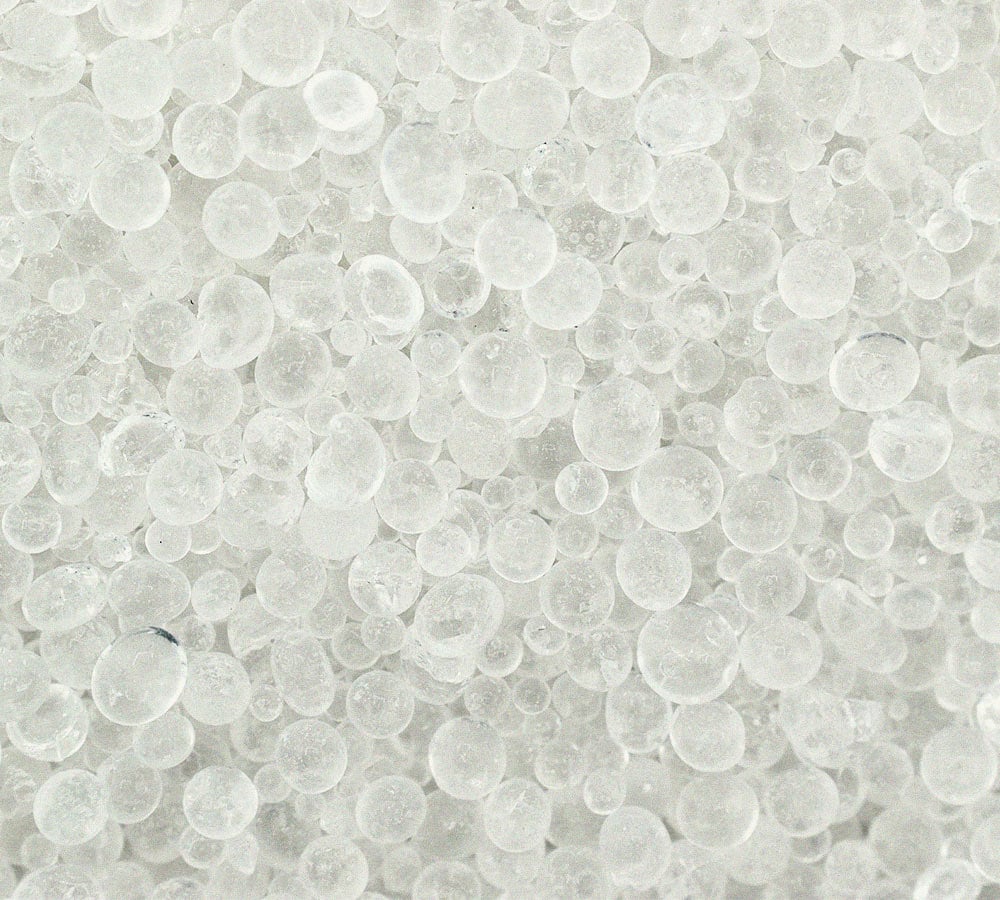
Using Silica To Grow Bigger Cannabis Buds
Silica serves as a simple and effective way to get the most out of your cannabis plants. It will help them fend off insects and pathogens, remain strong against harsh winds, and even protect them against heavy metals.
While every grower can benefit from silica, it doesn’t work as a magic bullet. To make the most of the supplement, you need to dial in the basics of watering, lighting, feeding, and training first.
- Frontiers | Heavy Metal Tolerance in Plants: Role of Transcriptomics, Proteomics, Metabolomics, and Ionomics | Plant Science https://www.frontiersin.org
- Mechanisms of silicon-mediated alleviation of heavy metal toxicity in plants: A review - ScienceDirect https://www.sciencedirect.com
- Frontiers | Silicon and Plants: Current Knowledge and Technological Perspectives | Plant Science https://www.frontiersin.org
- Novel Mechanism by which Silica Defends Grasses Against Herbivory | Annals of Botany | Oxford Academic https://academic.oup.com


























